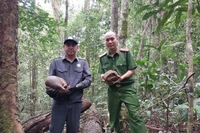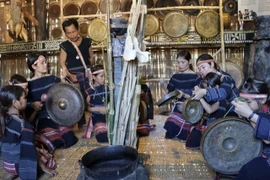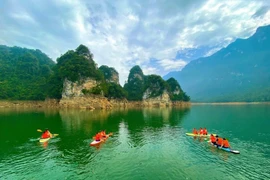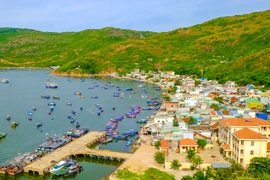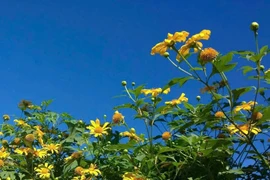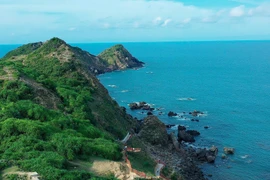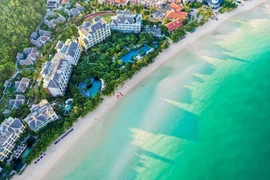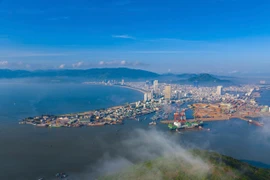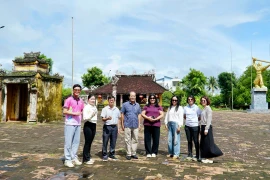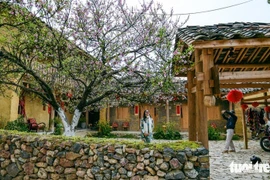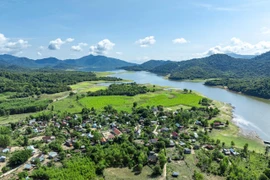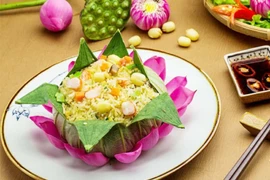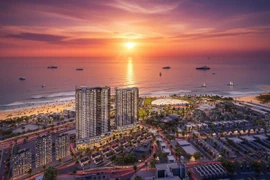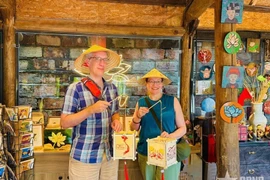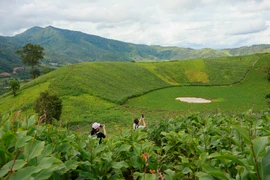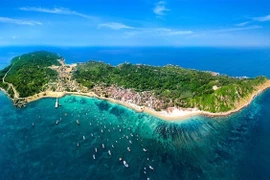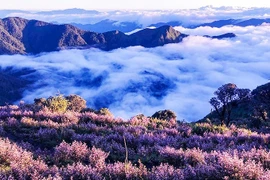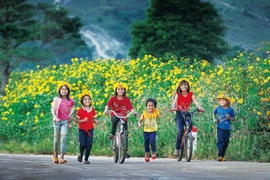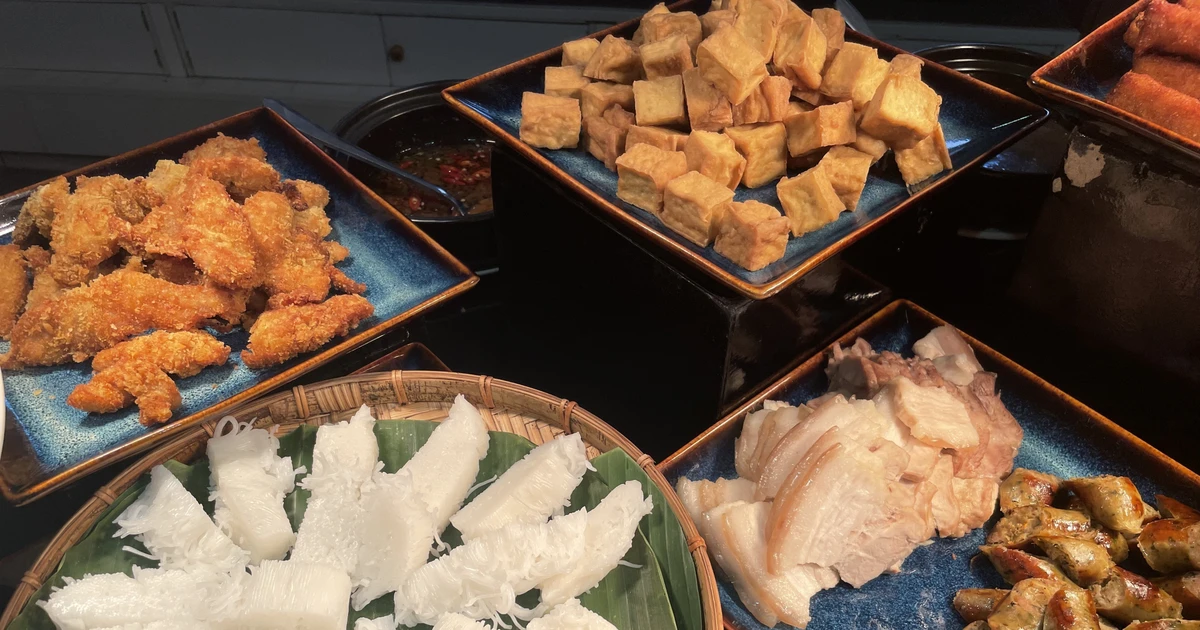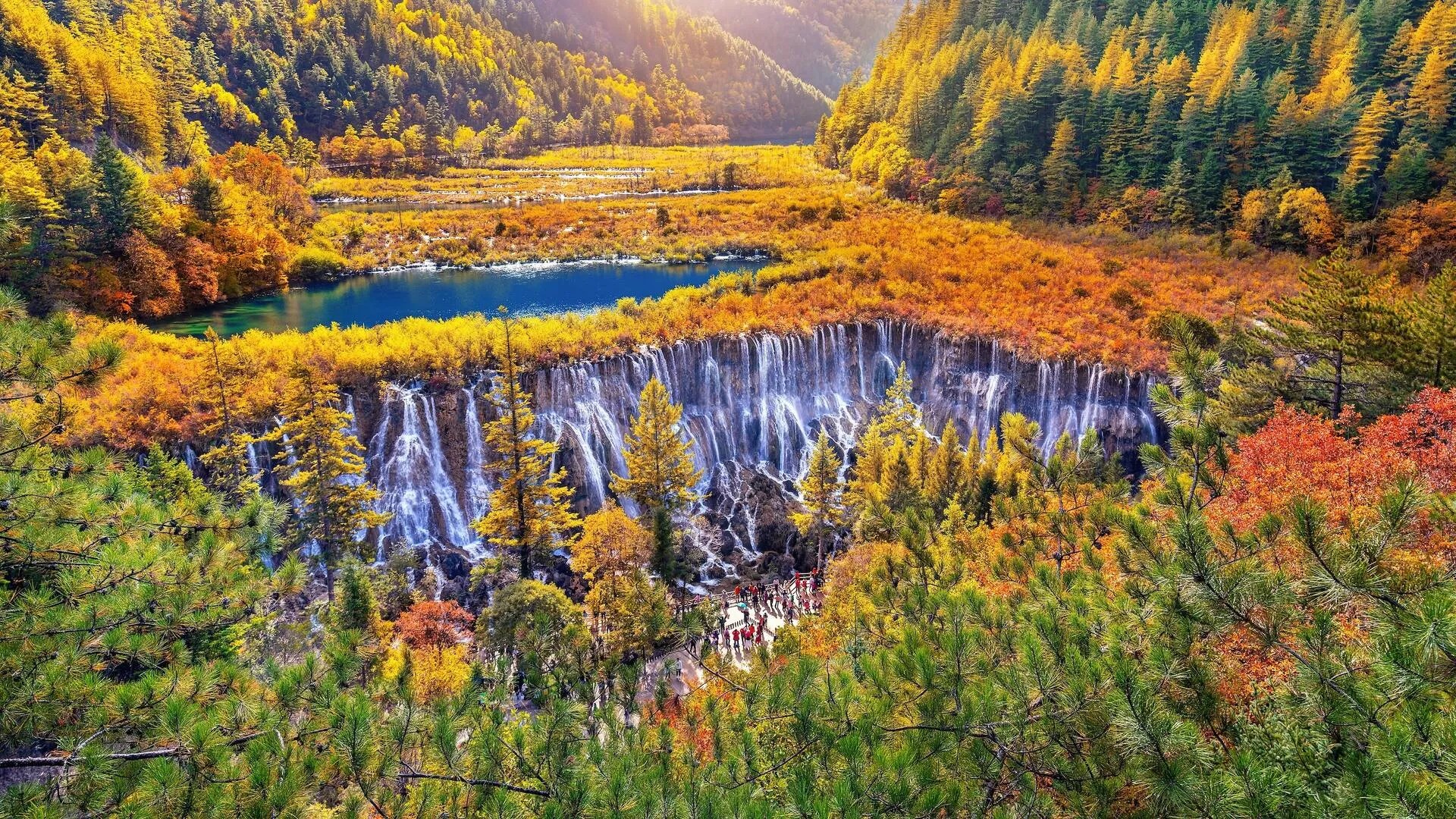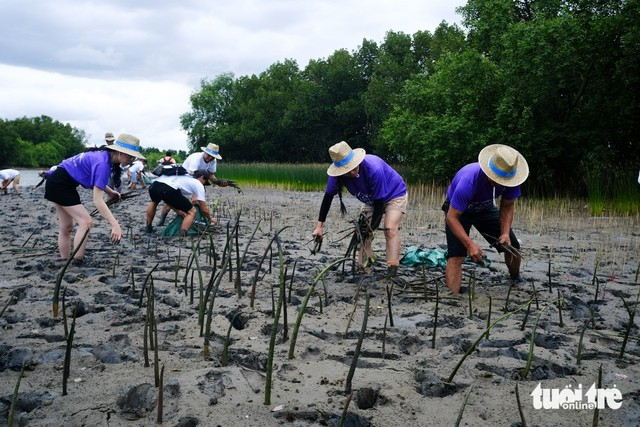
The planting event, held on Wednesday on Con Chim Islet, was organized by the Tuy Phuoc Dong People’s Committee in cooperation with Six Senses Ninh Van Bay Resort in Khanh Hoa Province, south-central Vietnam.
The initiative aims to revive the lagoon’s mangrove ecosystem while improving its landscape and environment.
Dinh Thuy Nga, director of sustainable development at Six Senses Ninh Van Bay, said more than 100 employees and managers from the resort participated in the activity.
She added that the mangrove planting program reflects the company’s broader commitment to biodiversity protection and sustainable development.

According to Truong Xuan Dua, head of the agricultural technology research station under the provincial Agricultural Extension Center, Thi Nai Lagoon’s mangrove forests were once depleted after years of aquaculture failures left the area barren.
Since 2004, local authorities have reintroduced several mangrove species from the Can Gio mangrove forest in Ho Chi Minh City.
After two decades of continuous care, the ecosystem has been gradually restored.
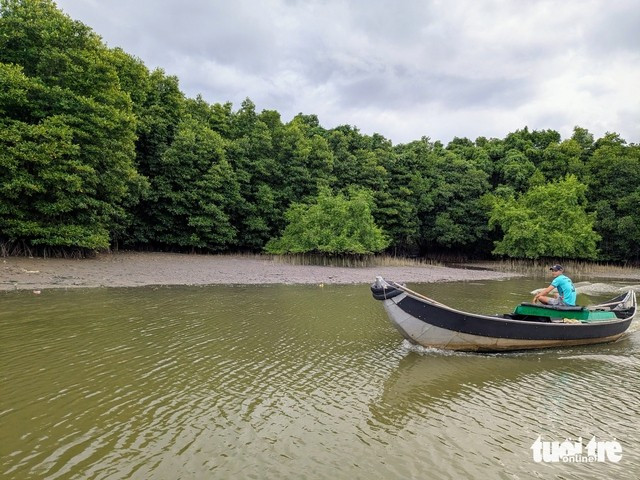
Today, the 95-hectare Con Chim ecological zone, once a cluster of abandoned fish and shrimp ponds, is flourishing with dense mangroves.
The habitat now attracts shrimps, crabs, and fish, while waterbirds have returned to feed and breed.
The restored environment has also created opportunities for ecotourism.
Local residents now offer boat tours through the mangrove forest and serve specialties such as crabs, tiger prawns, snails, and brackish-water fish, creating sustainable livelihoods.
Representatives of the Con Chim ecotourism projectdescribed the area as a ‘miniature Mekong Delta’ in central Vietnam, now a growing attraction for visitors.

